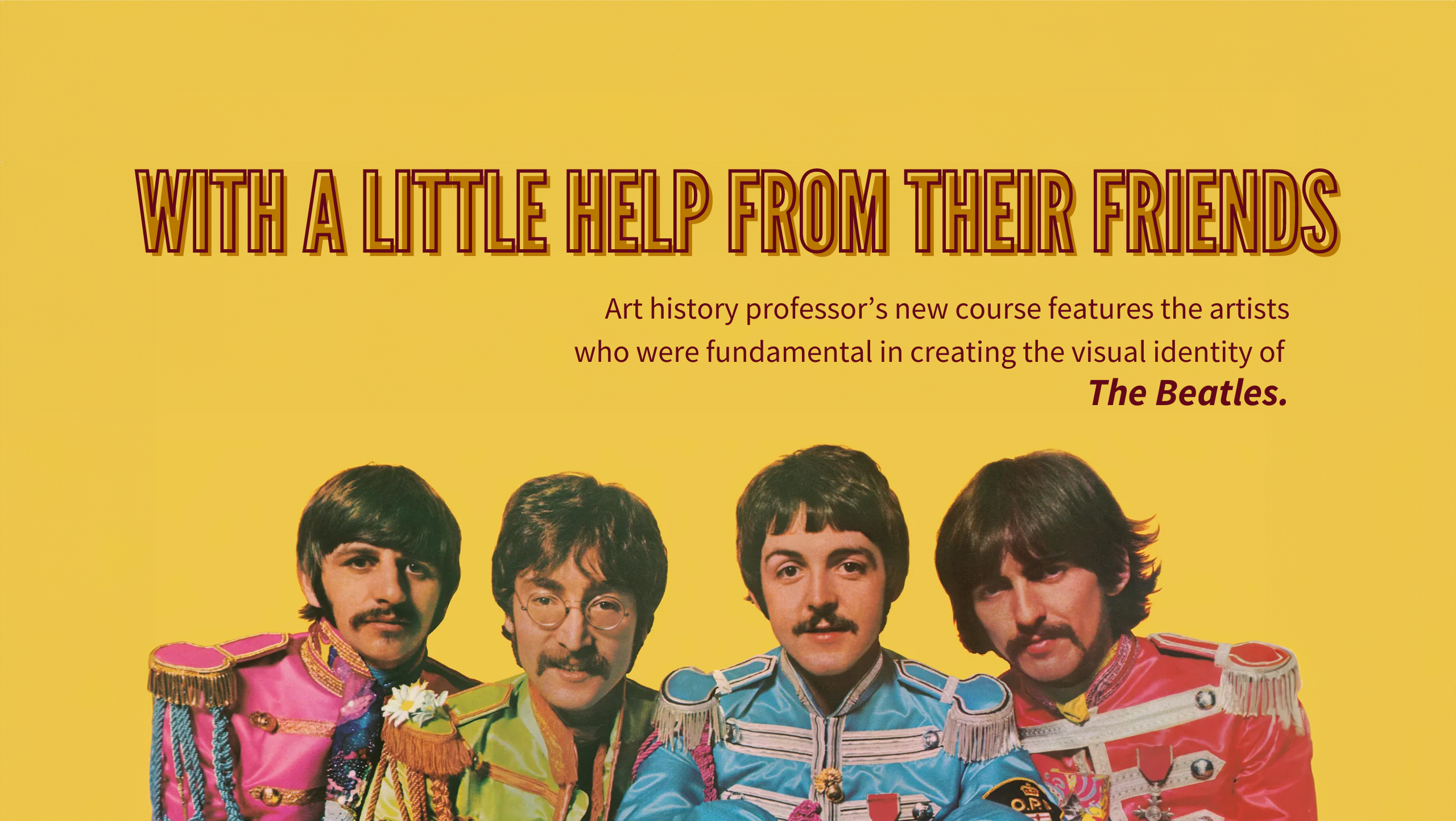
In a bid to dissect The Beatles' historical significance, McGovern’s School of Art Associate Professor Rodney Nevitt launched an intriguing new college course, “The Beatles and Visual Culture in the 1960s". Professor Nevitt's course is not your typical stroll down Abbey Road. Instead, it's a captivating journey through the kaleidoscopic world created by the Fab Four.

Nevitt's primary field of research has long been seventeenth-century Dutch art, and his own work has focused mainly on the thematics of love and courtship in Dutch art of the period. Dr. Nevitt’s publications include the book, Art and the Culture of Love in Seventeenth-Century Holland (Cambridge University Press, 2003), and several journal articles and book chapters on Rembrandt, Vermeer, and other topics in Dutch art. Yet, more recently, Nevitt remarked, he found himself wanting to “cleanse [his] palate a bit, art-historically” and began looking around for some new sources of inspiration.
“I hatched this idea of doing an article that would be a very focused study of The Beatles album cover ‘Rubber Soul, the visual imagery of which I had become fascinated with,” Nevitt said. “I had that idea percolating for a while as a little, temporary departure from my Dutch art research, but gradually some of my colleagues convinced me to be a bit more ambitious about my interest in that period and in The Beatles.”
Nevitt’s initial concept of writing an article eventually grew into researching a book on the imagery of the band’s album covers and their artistic, and historical, significance (still an ongoing project). Then Nevitt decided to expand on his interest even further and add it to his teaching repertoire, creating a college course that would examine the cultural impact of The Beatles’ visual legacy.
Using the band’s iconic album covers that have become cultural touchstones as a core theme, Nevitt said the course explores various visual aspects of The Beatles—such as their fashion choices, films, and more. Nevitt peels back the layers of The Beatles' unparalleled impact and explores how these four trailblazers didn't just change music, but ignited a visual revolution that reverberates through time.
The Beatles collaborated with many talented visual artists, photographers, and designers, conceptualizing and shaping the visual aspects of their albums.The art they created serve as gateways into an era marked by artistic innovation and societal transformation.
Nevitt notes, “The Beatles are the focus of the class, yet the things that we're talking about also are things The Beatles didn’t actually create themselves, but the artists, designers, photographers, and painters who created these things for them. Although, there's an interesting development that you see beginning with ‘Rubber Soul’ in 1965 where The Beatles begin to intervene creatively in figuring out what the album cover is going to be.”
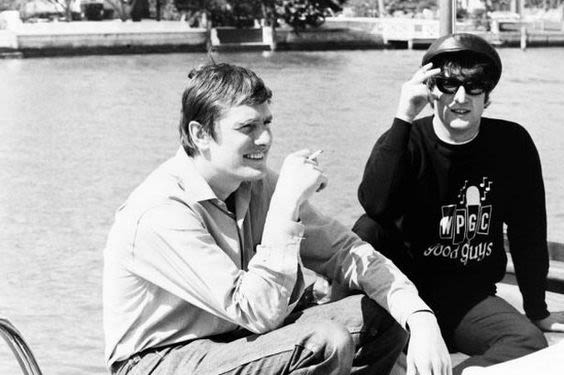
The Beatles photographer, Bob Freeman (L), and John Lennon (R)
The Beatles photographer, Bob Freeman (L), and John Lennon (R)
"Rubber Soul" marked a significant shift in The Beatles' musical direction, and the album cover was reflective of this change. The cover for "Rubber Soul" was photographed by Robert (Bob) Freeman, a photographer who had already worked with the band on previous projects. The cover design itself was a departure from their previous more straightforward band portraits.
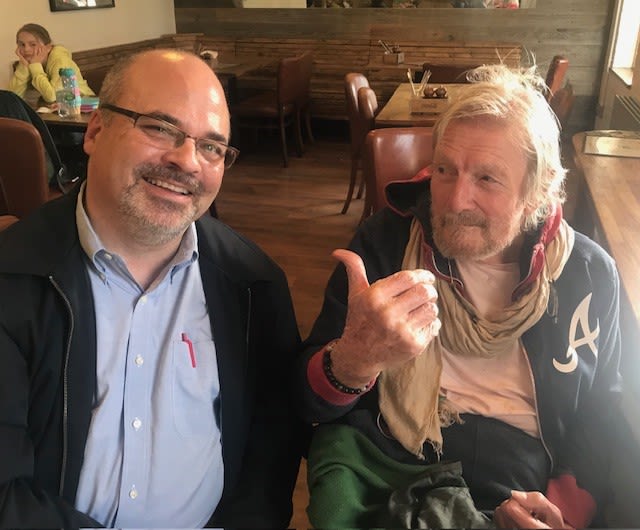
Professor Nevitt (L) and Bob Freeman (R)
Professor Nevitt (L) and Bob Freeman (R)
Arguably more recognizable than the photo on the cover of “Rubber Soul” is its famous title lettering. Back in 1965, British illustrator Charles Front was asked by Bob Freeman to create artwork for thenew album, which became instantly recognizable around the world. The lettering had a hand-drawn, slightly distorted quality that captured the essence of the mid-1960s psychedelic style and echoed the album's experimental musical direction.
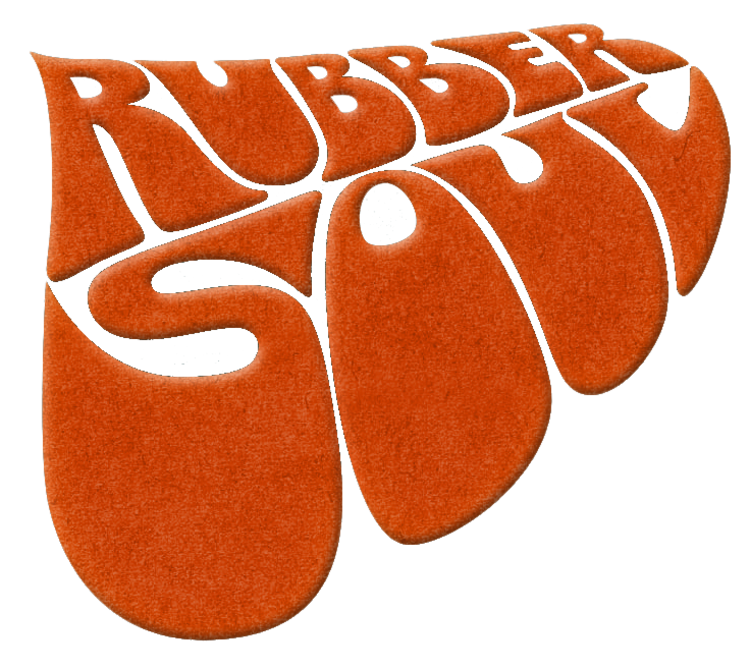
Nevitt and his students enjoyed the profound privilege of hearing from the artist first-hand. Charles Front recently joined the class via Zoom as a special guest lecturer and detailed his extensive career as a graphic designer and illustrator, recounting his brief, yet memorable, encounter with The Beatles.
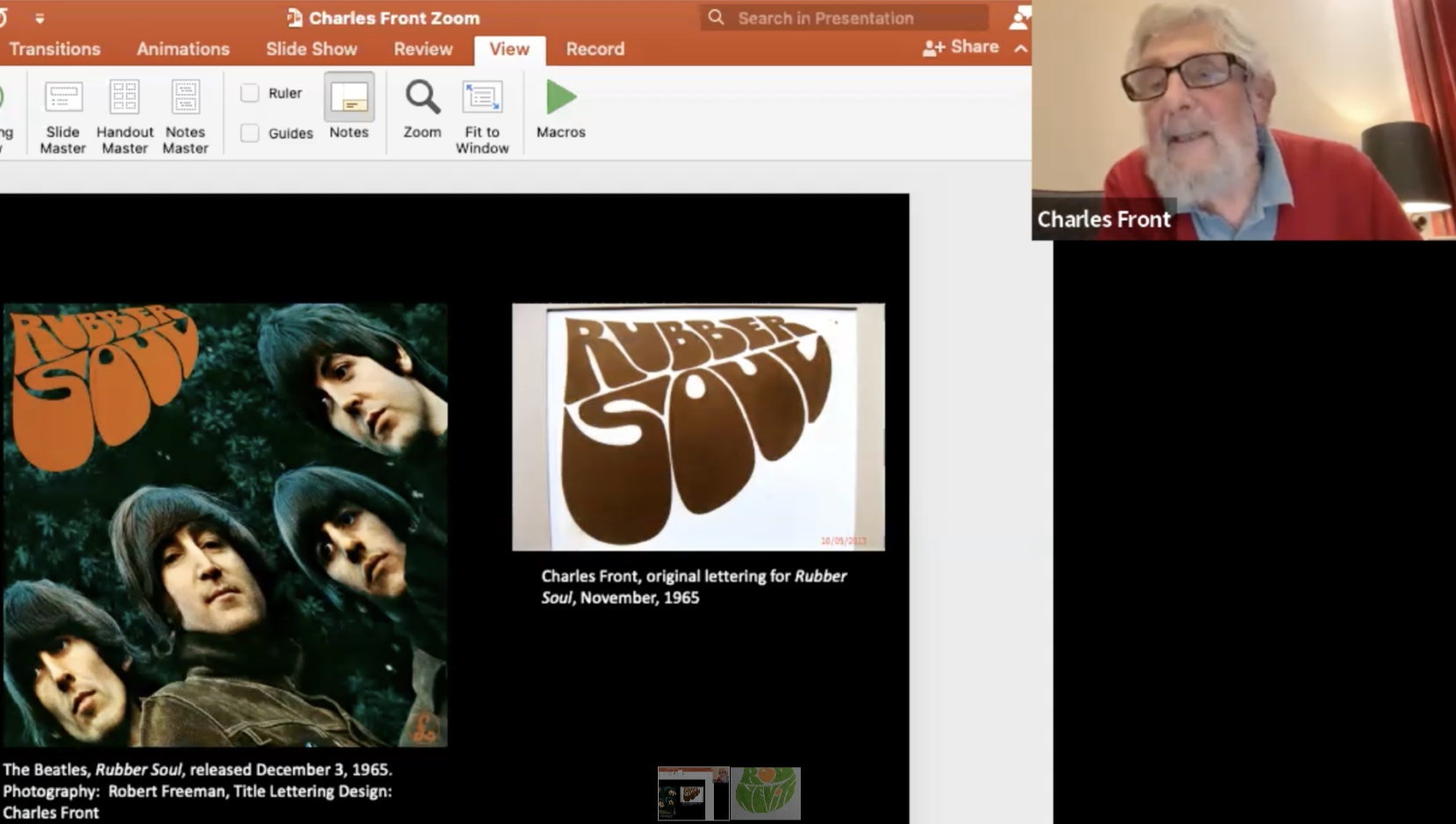
Charles Font guest speaking in Nevitt's class
Charles Font guest speaking in Nevitt's class
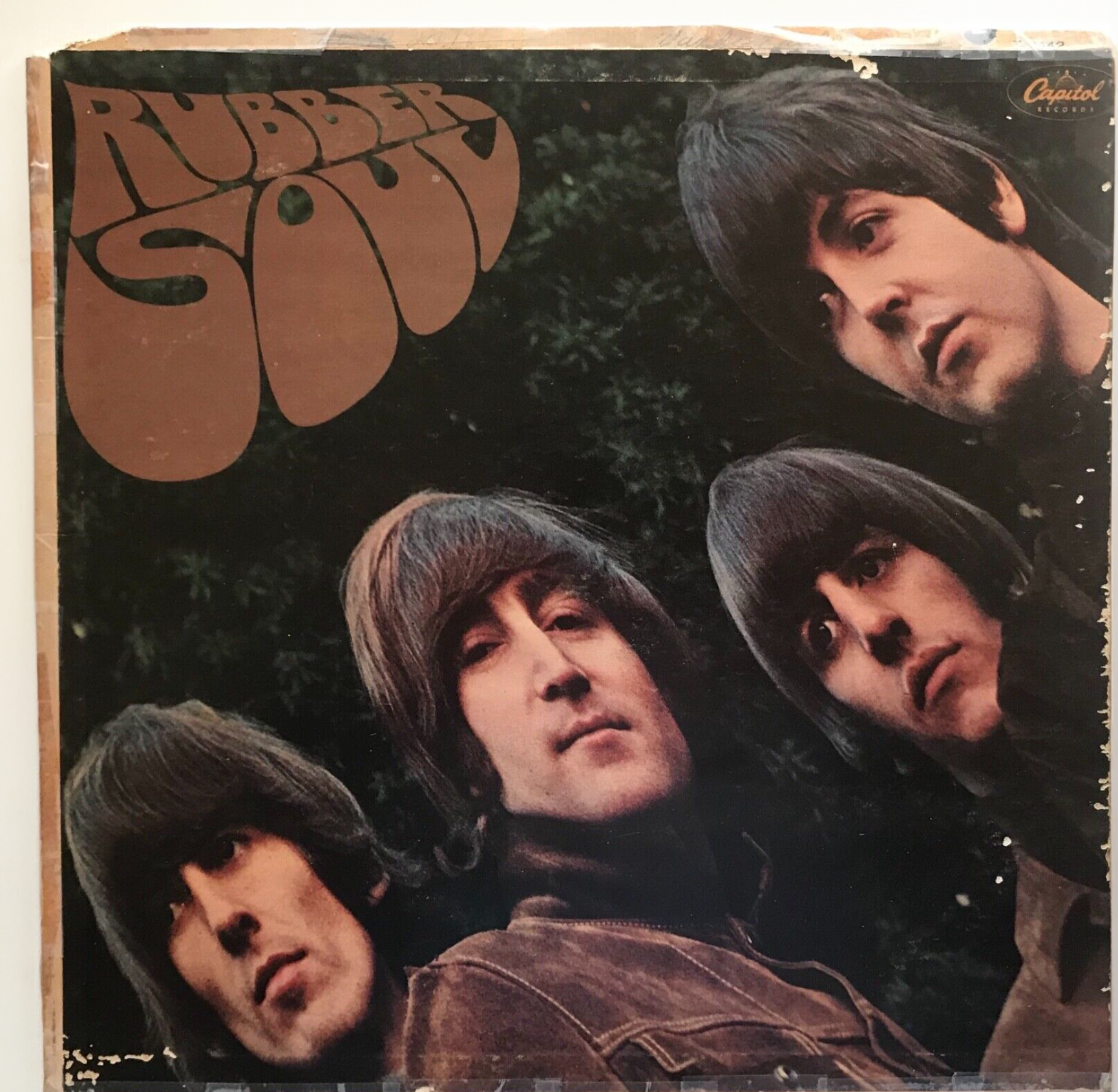
“He talked about how he came up with the design of his famous title lettering for ‘Rubber Soul,’ explaining important things about it that have never been published anywhere. He described going to the Abbey Road studio with the photographer Bob Freeman, Ringo smiling at them from behind his drums, and going up to the recording booth where he and Bob showed their design to George Martin and the other three Beatles,” Nevitt said.
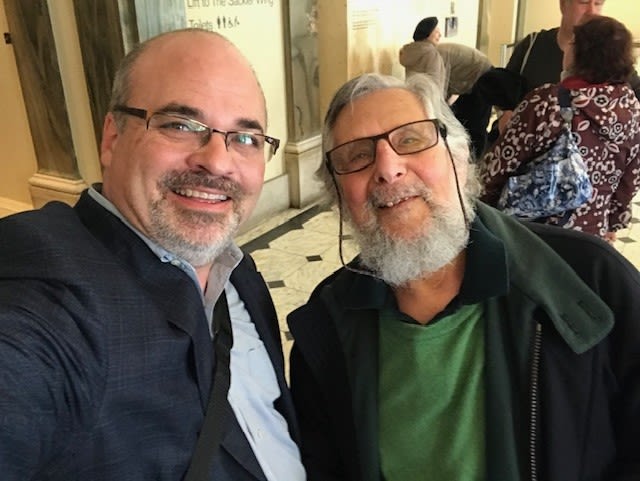
Professor Nevitt (L) and Charles Front (R)
Professor Nevitt (L) and Charles Front (R)
“It was an amazing opportunity to talk to him about not only the creation of the ‘Rubber Soul’ logo itself, but about his remarkable, decades long-career,” said student Daniel Zamora. “This was just one project of his. It was really exciting to learn about his creative process, especially before the implementation of all the technology that we have today.”
Zamora is pursuing an MFA in interdisciplinary art, and said the opportunity to, “get some insight into modern culture from a pretty rarefied perspective" was exactly what this course offered.
“As a grad student, I've already taken a lot of art history classes,” Zamora said, “but I found it interesting that the professor has a background in Dutch art — to see what somebody with such an academic background in traditional fine art would offer in terms of youth culture, pop culture, and modern culture.”
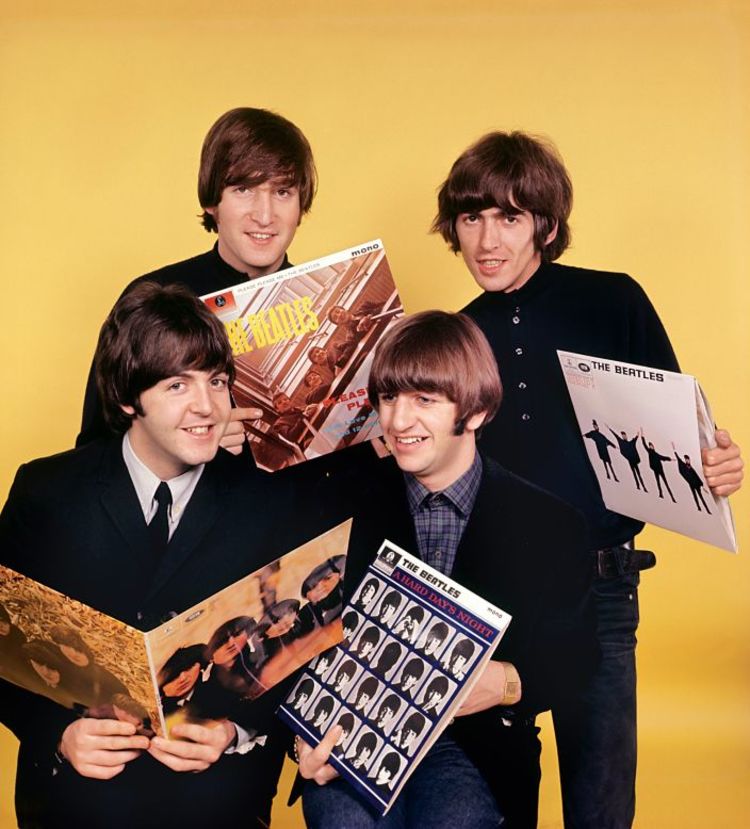
Nevitt said that for him, teaching the course has been a departure from the familiar, and extremely rewarding.
“It's totally different from anything I've done before and I keep asking myself, ‘Is this going to work?’ As a scholar, I had never done anything in the 20th century field. So that shift and also this kind of somewhat eccentric idea of doing an art historical project that would intersect with The Beatles, you know, the whole thing is just very unusual to me, both as a scholar and as a teacher,” Nevitt said.
In addition to Front, the course has hosted other significant guest speakers vital to the visual history of The Beatles. John Kosh (known simply as “Kosh”), the creative director of Apple Corps—The Beatles umbrella company—in the late ‘60s, joined as a guest speaker. While Iain Macmillan was the photographer who captured the iconic image of The Beatles crossing Abbey Road, Kosh was responsible for the graphic design, typography, layout and other design elements of both front and back covers of the album.

Original album art for Abbey Road
Original album art for Abbey Road
Kosh was also responsible for the art direction and design of the album packaging for "Let It Be". The cover featured a simple, stark, and iconic array of photographs of The Beatles, taken by British photographer Ethan Russell. Kosh's design focused on minimalism, emphasizing the band's image and the album title, aligning with the album's overall tone and message.

Nevitt’s class was also joined by pop artist Jann Haworth, who co-created the artwork for “Sgt. Pepper's Lonely Hearts Club Band '' with her then-spouse Peter Blake. Haworth played a significant role in creating the groundbreaking album cover– collaborating with The Beatles to conceptualize and assemble the cover's diverse collage of famous figure cut-outs, celebrities, and other elements. Because of Haworth’s talent and artistic contribution to this seminal work, Sgt. Pepper's Lonely Hearts Club Band has since become one of the most recognizable and celebrated album covers in music history.

Inside of Sgt. Pepper's Lonely Hearts Club Band
Inside of Sgt. Pepper's Lonely Hearts Club Band
“It was fun to listen to them all refer to The Beatles as ‘the boys,’” Zamora said. “Many of these people are in their 80s or even in their early 90s, but are still really eager to discuss their time and experience during that era. What college was like, what school was like, what culture was like. It was awesome that the professor has this sort of network of people available to him and then to us.” Nevitt added that another Zoom interview he expects to happen before the end of the semester, with Liverpool native Helen Anderson, a close friend of John Lennon’s when the two were in Art College together, promises to offer fascinating insights into Lennon’s early years, and his interests in both music and visual art.
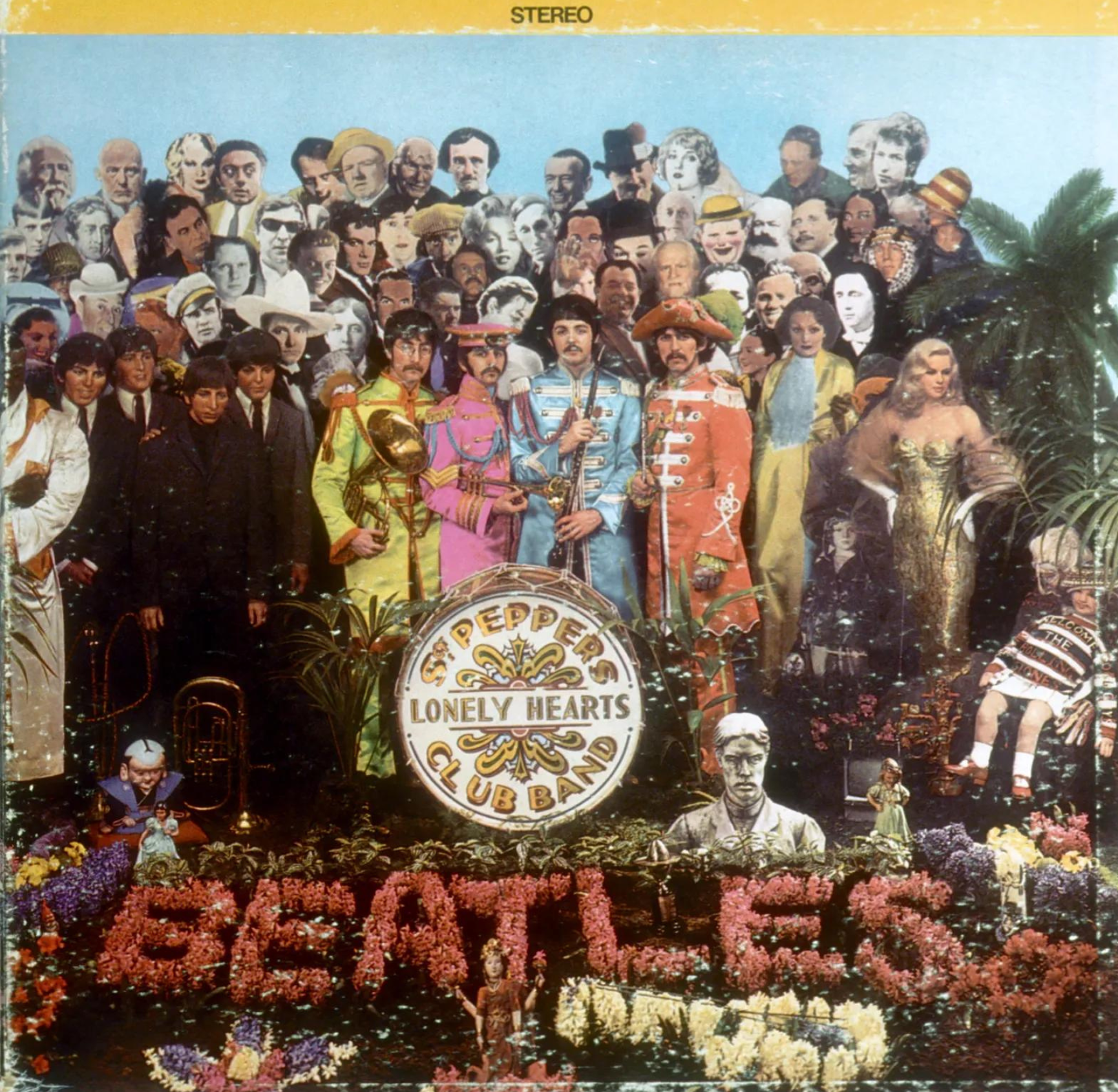
Currently, students are finalizing their research papers for the course. Topics include "The Early Beatles in Liverpool and Hamburg, and the Construction of Gender and Sexual Identity”, “The Early Beatles and Black Leather as Symbol”, and “The Film ‘Yellow Submarine,’ its Sources and Influence in the History of Animation”.
Zamora said that the course has offered valuable insight into the expansive arts community surrounding the band, now and then. “I was very happy to learn that [The Beatles] were artists that surrounded themselves with other artists. They were very intentional about that from the very beginning,” Zamora said, “It's insightful just to see what can be achieved when a bunch of multi-creatives get together.”

